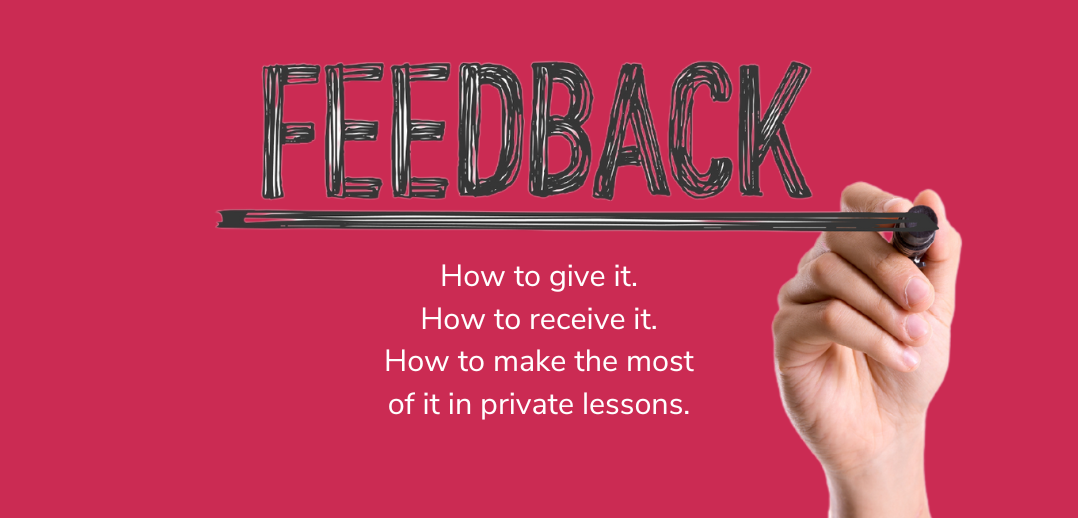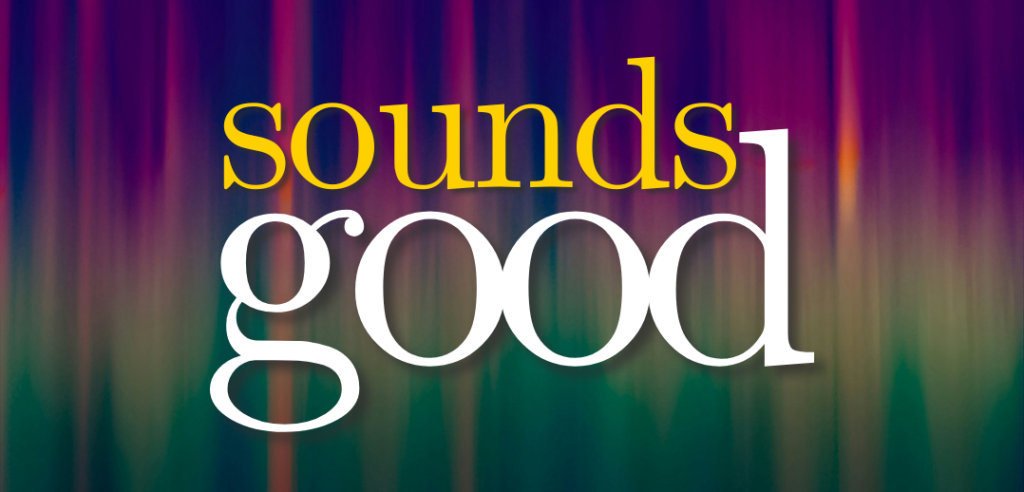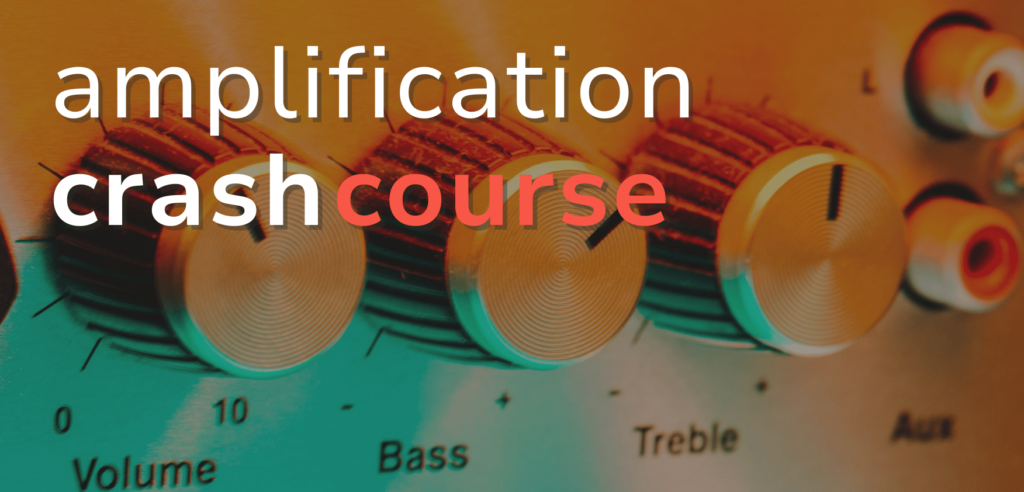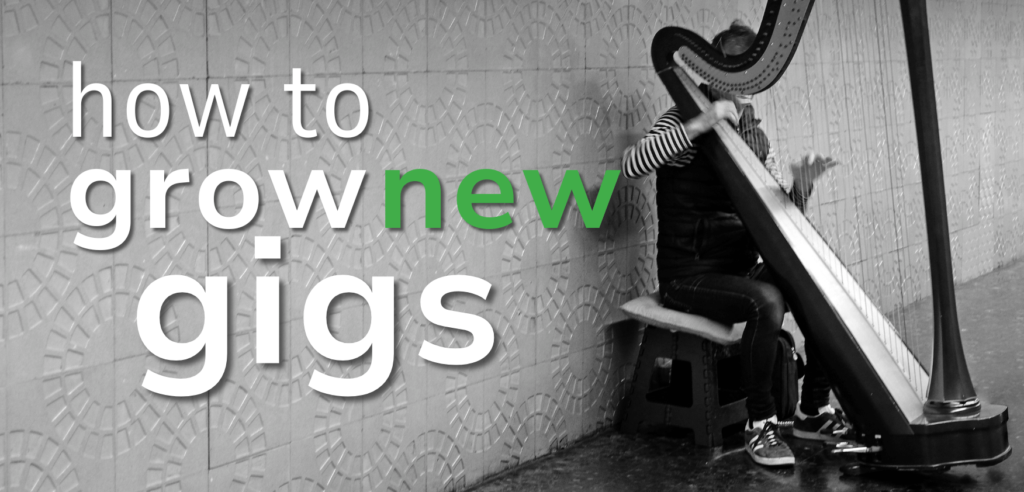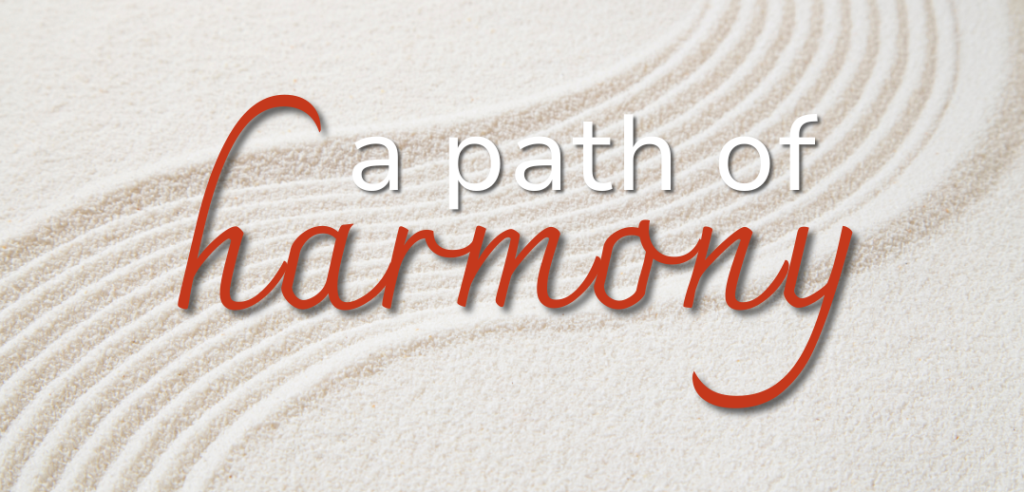When applying to a conservatory, most music students look at who is on faculty before deciding whether to research other parts of the program. A school’s reputation is built on the quality of its faculty, while teachers build their reputation by developing students and accelerating their trajectories. This work happens mostly through weekly lessons: the time and space where teachers listen to students play, comment on their playing, introduce new techniques, and discuss performance preparation.
In private lessons, a teacher has a unique level of influence over their student’s musical and non-musical life: their playing, career decisions, and even some aspects of their personal lives. That influence is transmitted through delivery of effective feedback. A teacher who creates a studio with a culture of open, honest, and kind feedback is more likely to produce successful musicians who are productive in all areas of their lives.
Further feedback reading
There are several books about feedback that explain how to improve and even supercharge your interactions with students, colleagues, friends, and family:
Difficult Conversations (Stone, Patton, and Heen)
Thanks for the Feedback (Stone and Heen)
Crucial Conversations (Grenny, Patterson, McMillan, Switzler, and Gregory)
Radical Candor (Scott).
What Is Feedback?
Douglas Stone and Sheila Heen, authors of Thanks for the Feedback: The Science and Art of Receiving Feedback Well, define feedback as “any information you receive about yourself. It’s how you’re ranked, thanked, described, and advised.” They write that feedback can be formal, like a semester jury or performance review, or informal, such as a friend’s analysis of your concert outfit. Feedback can be direct, where someone makes a clear suggestion about what to do differently, or it can be implicit, like the friend who declines a second helping of an appetizer you brought to a party. Feedback, be it positive, neutral, constructive, or critical, happens all day, everywhere, and especially in teaching.
Music teachers usually provide direct and formal feedback to their students’ playing. They listen to an excerpt of what the student worked on the week prior and comment on ways to improve the dynamics or fingering. They use their instrument to model correct and incorrect technique. These interactions happen so often that most teachers view them as teaching rather than as feedback.
It’s when a teacher speaks with the student about applying to summer festivals, making a career move, or their practice habits that they view it as feedback. Limiting feedback to these less-frequent and more serious conversations separates it from other teaching interactions. Some teachers are hesitant to give this type of feedback at all, and most students fear the “feedback conversation.”
Researchers and practitioners who have studied feedback across many fields have uncovered the factors that make for successful (and unsuccessful) giving and receiving of feedback. If you understand feedback for what it is—how to give it and how to process the feedback you receive—you can more effectively influence the teaching and learning process.
Breaking Down Feedback
In their book, Stone and Heen break down feedback into three types:
1. Appreciation: recognition, thanks, praise, encouragement, or motivation.
2. Coaching: advice to help the person learn, grow, and improve.
3. Evaluation: assessment of where the person stands vis-à-vis expectations and/or their ranking.
In the context of music lessons, consider these scenarios and what the sample feedback might include:
Teacher asks the student to write a repertoire list for them to review.
Appreciation: “Thanks for turning your repertoire list in on time. It’ll be a useful tool for you when you apply to grad school.”
Coaching: “Let’s look at the formatting on this list. Here, put the composer’s first and last name, then add a space, followed by the full name of the piece in italics. And definitely include all the movements you’ve played. Fix the first piece on your list and I’ll take another look.”
Evaluation: The teacher provides edits, including an example of how to fix the formatting.
Teacher listens to a student play a passage of music.
Appreciation: “Excellent job keeping your hands close to the strings. I could hear the precision of each note.”
Coaching: “Let’s go back to measure four. Try starting the decrescendo on the fourth note.”
Evaluation: After the student performs the piece in a recital, the teacher gives them a rubric with scores for rhythmic accuracy, technique, expression, tone, and stage presence.
A student needs all three types of feedback across a range of behaviors and learning goals. In the absence of appreciation, students won’t know if they are taking the right steps to improve. An overemphasis on appreciation without coaching or evaluation can lead students to doubt the appreciation as they spin their wheels to improve. And without enough coaching, students won’t have direction for how to improve their behavior. Evaluation—though sometimes seen as a scary thing—is necessary to help students see where they stand and establish checkpoints that ensure they are on track to meet their goals.
Reactions to Feedback
Everyone has different reactions to the positive, neutral, and negative feedback they receive. People often develop these reactions based on prior perceptions: Was the feedback fair, helpful, or compassionate? Or was it unfair, unclear, or predicated on the wrong motives?
Stone and Heen discuss triggers that impact and interfere with how someone hears feedback.
Truth trigger: The receiver questions the truthfulness of the feedback received, as in, “This feedback is wrong.”
Relationship trigger: The receiver doesn’t accept the feedback because of who is delivering it—“Who do you think you are?”
Identity trigger: The receiver personalizes the feedback and attaches it to their identity or the story they tell about themselves—“I’m a bad person; there’s something wrong with me.”
When people don’t take in feedback easily, one or more of these triggers might be activating and producing negative responses, like dismissing the feedback, becoming argumentative, or pivoting behavior in the wrong direction.
Negative reactions also affect the giver of the feedback. If a teacher knows a student will be argumentative about a critique of their assignment, they might simply avoid or delay delivering the feedback. Dr. Nicholas Matey, an organizational behavior management researcher, found that givers are more willing to deliver feedback if they know the reaction they will get from the receiver will be positive. Their accuracy and how often they give feedback decreases when the reaction is neutral or negative.
To ensure giving the right type of feedback, a teacher must learn how to structure, time, and deliver it. It takes practice and patience to improve these delivery skills. A teacher who has relied on criticism or impatience but wants to change to more productive methods must make a conscious effort not to revert to old habits. Otherwise, their students will take longer to accept the new delivery method.
Before we jump into what feedback should consist of, let’s look at a few big-picture ideas.
Idea #1: Feedback is intended to influence the behavior of the person receiving it.
Teachers give students feedback to help them start, stop, or continue doing something in their practice, performance, career skills, and so on. Before delivering feedback, it is important to be clear on what change in behavior is desired. That will direct the what, how, and when of the feedback.
For example, a student comes late to dress rehearsals and their teacher wants them to be on time so as to respect their colleagues and keep the rehearsal on track. Without yelling or ridiculing, the teacher clearly explains why being on time matters and offers a few practical suggestions for how to make that happen, such as setting a timer on the student’s phone.
Or, when teaching at the harp and a student is making pedal changes too slowly, the teacher asks them if they can speed up their footwork and shows them how they can get better at it. This type of coaching can be delivered with clarity and kindness, even with a sense of humor.
Idea #2: Be aware of bad habits in your life that show up in your delivery of feedback.
In medical dramas, superiors often humiliate their residents or interns as a means to deliver feedback and teach. The attending physician’s rationale is that if they aren’t tough on the student, they’ll never learn. Without reflecting on your own history of receiving feedback from teachers, parents, friends, or managers, you might imitate their bad delivery techniques. Feedback methods have repercussions on teacher-student relationships, your reputation, and the student’s confidence and willingness to seek advice from you and others.
Too much of music training has glorified the stern master teacher saying or doing whatever they want to elicit student growth. While effective at times, it more often leads students to turn negative feedback inward, with long-term negative implications. Further, students who experience a harsh approach to feedback are more likely to imitate it with their students.
Harshness, sarcasm, and constant criticism are not the answer. So, how are you to deliver feedback that is effective and productive to advance your relationship with the student?
The Research on Feedback
Researchers across industries have studied feedback delivery, isolating the components that make it most effective. Andressa Sleiman and colleagues analyzed 71 research articles related to feedback and broke down each study into the following aspects.
Source: If the feedback was delivered by a supervisor, manager, or researcher; self-generated, machine-generated, and so forth.
Medium: If the feedback was delivered verbally, in a written note or email, through a graph, or other means.
Privacy: If feedback was delivered privately or with other people present.
Participants: If feedback was delivered to individuals or to a group of people.
Frequency: How often feedback was delivered—daily, weekly, biweekly, monthly.
Immediacy: How soon after the behavior the feedback was delivered—immediately (within 60 seconds) or delayed (longer than 60 seconds).
Nature: Whether the feedback was directed at good or unwanted behavior and if it was positive or negative.
Effectiveness: The impact of the feedback on the receiver’s behavior.
While each of these features played a role in how effective the feedback was with respect to changing the person’s behavior—starting, stopping, or continuing to do something—Sleiman et al. found that the most effective feedback was delivered frequently and from a supervisor. Such feedback had a consistently large influence over the receiver’s behavior.
Interestingly, people generating their own feedback about their behavior was also effective. Think about students who record their practice habits in a journal; they are giving themselves regular feedback to which they can respond and adjust.
The content of your messages—whether positive, neutral, or negative—should also have a structure to it. Among countless frameworks, the simplest to remember and perfect over time is situation-behavior-impact feedback.
Situation, Behavior, Impact
Situation, behavior, impact (SBI) feedback is popular in business and the healthcare industry, which require effective (read careful) ways to structure the content of their feedback messaging. SBI is equally applicable to music instruction, as comprised of the following:
Situation: A description of the context in which you observed your student do something—place, time, section of music, or otherwise.
Behavior: A specific description of what the person did (observable action).
Impact: What happened as a result of that behavior. For example, if it makes someone react in a certain way.
Through SBI, you can provide a concrete example of behavior that impacts another person or the situation. Some examples:
Yesterday in studio class, when Andrew got up to play the sonata (situation), you started messaging another student in class on your phone, then you looked at one another and began laughing (behavior). Andrew and other classmates noticed and he looked distressed before he began playing (impact).
In measure five on the fermata (situation), you’re moving the pedal too early (behavior). That changes the sound and disrupts the rest of the phrase (impact).
You might phrase these examples differently—you could ask the student about what impact they believe their behavior had—but the point is to include each SBI element in the feedback conversation.
Next, have a conversation about an alternative behavior and its possible impact.
Alternative behavior: Discuss different behavior(s) that could change the impact on the other person or performance.
Alternative impact: Describe how the alternative behavior can result in a more positive and productive outcome.
Using the previous examples:
…In the next studio class, please abide by our class policy to have phones away. Engage with your colleagues’ performance by looking at them, asking good questions, and taking notes (alternative behaviors). These behaviors tell your colleague that you respect them and models what you hope they will do when you are on stage (alternative impact).
…If you move your right hand faster to the A (alternative behavior), you won’t feel rushed and you’ll be able to carry through the phrase (alternative impact).
When feedback includes the situation, behavior, impact, alternative behavior, and alternative impact,you increase the likelihood of a productive conversation. It might have some possible solutions to try, such as more check-ins between lessons, setting a phone reminder, seeking help from school counselors, or practicing differently. These examples are teacher-directed, and they will be even more productive if the teacher and student both contribute elements.
When implementingthe SBI model, it helps to start with a statement like, “Hey, I’ve noticed…” and to use an even voice and convey relaxed body language. Also, don’t overdo it when providing constructive feedback. Avoid jokes or sarcasm and be specific about what you observed. Lastly, keep in mind the important aspects of feedback: source, medium, privacy, frequency, immediacy… SBI is about the content of messages, while the aspects tell you when and how to provide the feedback.
Even structuring feedback this way won’t completely disarm a receiver’s reaction—a student might still shut down, disagree, or overcorrect their behavior. But following this format for feedback delivery improves the quality of what students can respond to. It also enables you to build trust with a student through a reliable, precise format that provides solutions.
Finally, here are five tips for incorporating better feedback into your teaching:
1. Tell students about your approach to giving feedback at the start and throughout the term or year. Include a statement about it in your syllabus or studio guidelines.
You might say or write: “To help you make as much progress as possible this term, I will provide lots of feedback—acknowledgment of what’s going well, coaching in areas that need improvement, and occasional evaluation of your overall performance. You will receive feedback about your playing, practice, performance, and professionalism skills. At the start of the term and throughout, I’ll ask how you prefer to receive feedback—public, private, written, or verbal. My goal is to make feedback in any format clear, direct, and compassionate.
“Feedback is a two-way street. Please ask questions or disagree. I want you to be part of finding solutions for what will help you develop your skills. I’ll be here to encourage and guide you in adopting feedback and challenging it. I also expect you to give me feedback on my teaching and helpfulness. This is how we can improve our collaboration and bring about your long-term success. I promise to listen to your feedback and consider it before reacting, and I will continue to practice my feedback giving and receiving skills over time.”
2. Teach people about the art and science of feedback.
Spend time teaching your students feedback techniques from some of the resources mentioned in this article. Show them the SBI model and practice using it in studio classes. Help your studio learn effective feedback skills so that your students can grow into future professionals and teachers who improve the broader culture of feedback in music.
3. Model feedback giving and receiving in studio class.
Studio class is a regular forum where your students can see you provide feedback, and practice it too. Early on in changing your delivery skills, notice how much feedback you provide to students and how you deliver it. Do students look upset after you provide comments? Based on these observations, set a goal, for example, adding more appreciation or praise for what’s going right in a student’s playing. You might include SBI elements in constructive comments.
4. Apply feedback consistently.
Feedback is only helpful when it is delivered consistently. It’s easy to read this article, try out SBI, or observe your feedback delivery and then forget about it after a few weeks. It will take time for students to adjust to changes in your feedback skills, especially if you’ve previously used tactics that made them afraid to challenge your feedback or to make a repeated mistake. You will need to fine tune your delivery along the way based on the effect you have with students and the insights they offer about your teaching.
5. Ask a colleague for a second opinion.
You can increase your self-awareness of your instructional and feedback skills by video recording your lessons and studio classes. You might also ask a colleague to observe you in practice—request feedback on your feedback—so as to gain insights beyond your own and those of your students. Asking colleagues to observe you can put you in a vulnerable position, but if you regard it as a model for your students and a demonstration that you are serious about improving, it might influence other faculty to examine their own teaching habits.
It takes time and patience to grow your feedback giving and receiving skills. Remember to enjoy your growth process and to observe the positive changes that result from giving students the feedback they need and deserve. •






